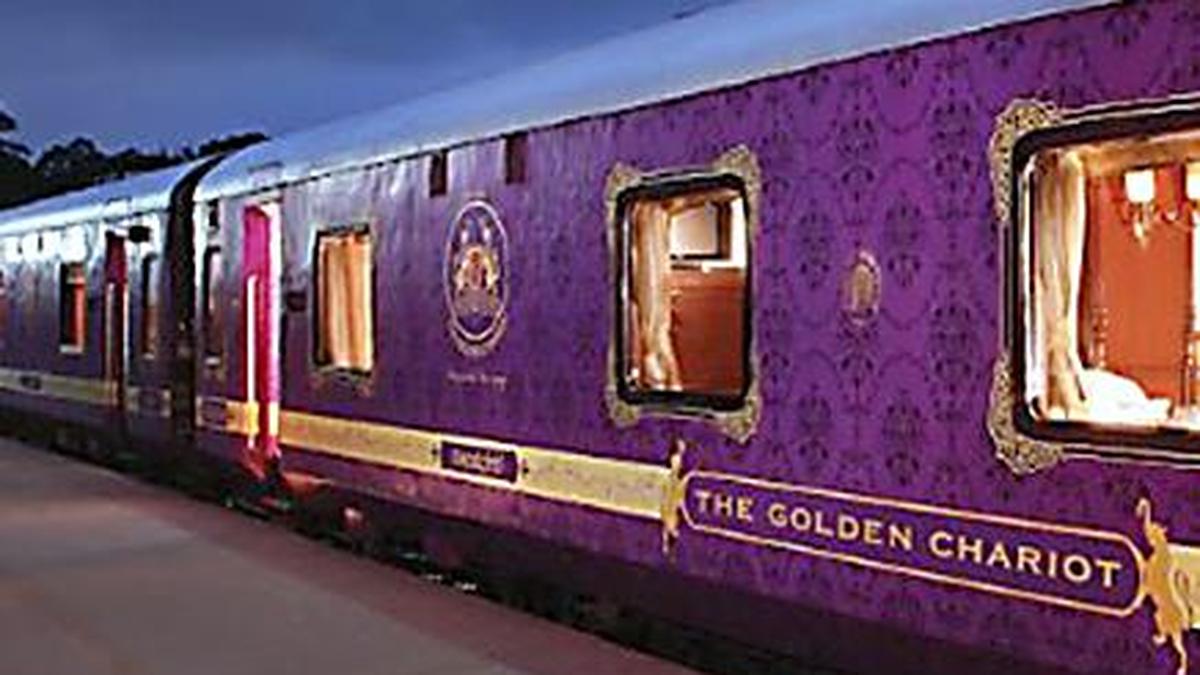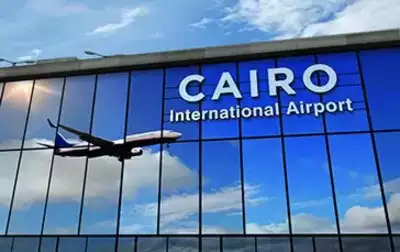Article content B.C.’s property transfer tax (PTT) has been around for 37 years now, so it’s understandable if many people forget its original purpose.
Introduced in 1987 to curb speculative buying and as a “luxury tax,” the PTT now generates an enormous amount of revenue for the provincial government. The 2023/24 provincial budget earmarks $1.8 billion from the PTT.
When initially conceived, the PTT’s thresholds reflected property values of the late-1980s. It initially charged a one-per-cent levy on homes up to $200,000 and two per cent on any amount above. The PTT’s higher tax threshold was only supposed to apply to five per cent of transactions.
However, because it was never indexed to inflation, nearly 100 per cent of home sales in the Lower Mainland are now above the original $200,000 threshold. Even in more affordable regions such as the Cariboo and other markets in northern B.C.
, nearly 70 per cent of homes are now valued over that mark. Clearly, the PTT ceased being a “luxury tax” decades ago, repurposed by inflating house prices into a major economic windfall for the provincial government. Not only has the provincial government not remedied this original error, but they have also added additional tax thresholds of three per cent between $2 million and $3 million, and five per cent on any amount above that.
This has left B.C. residents paying, on average, more than $11,000 in PTT per home transaction — double what they were paying in 2010.
That’s m.


















